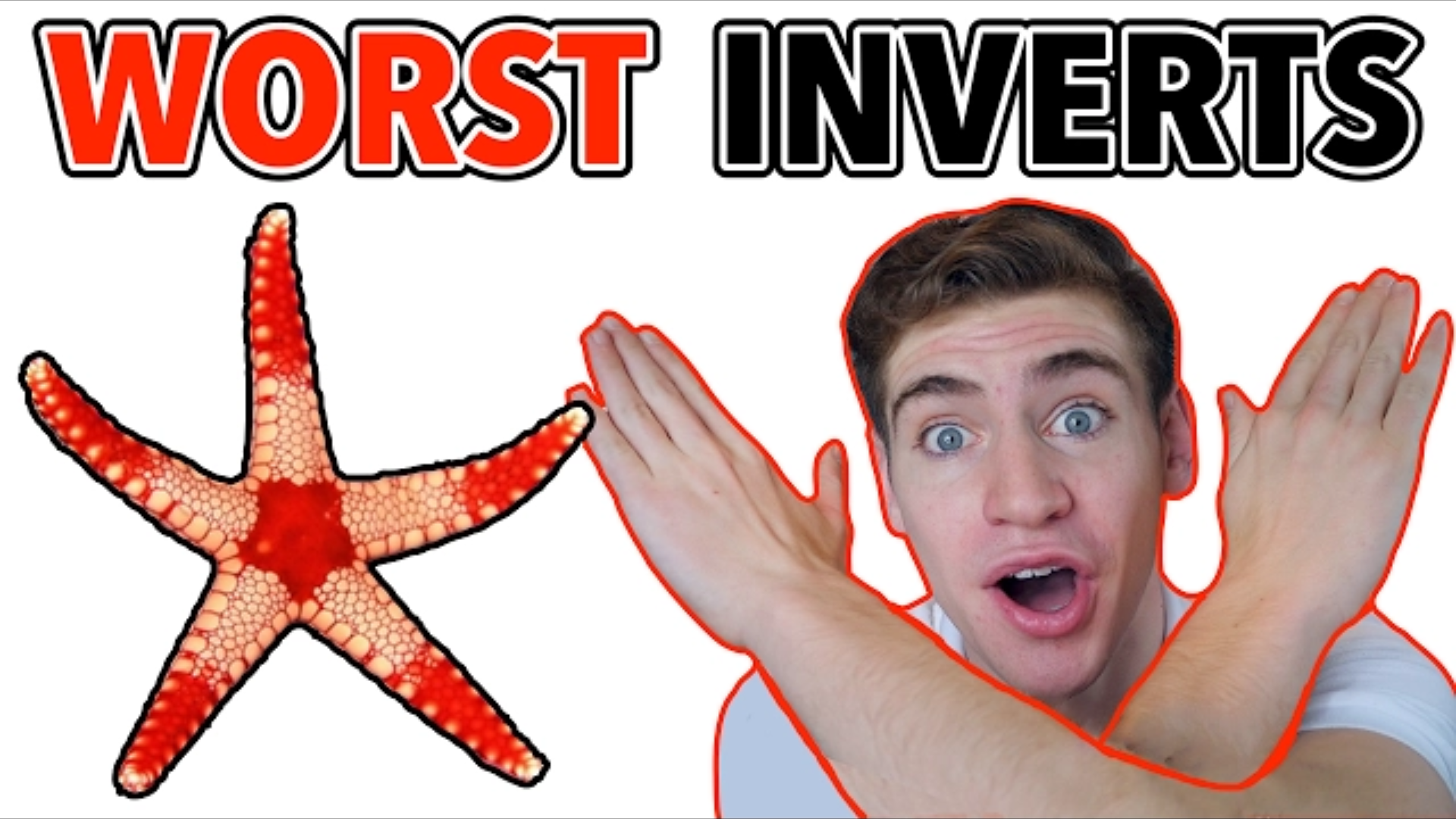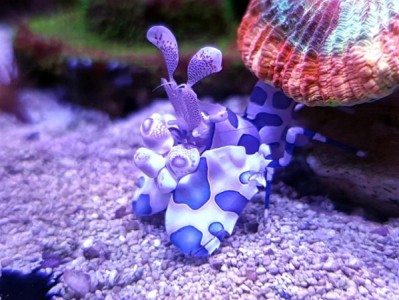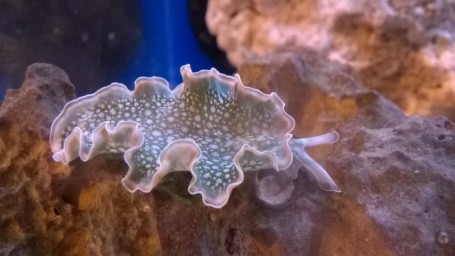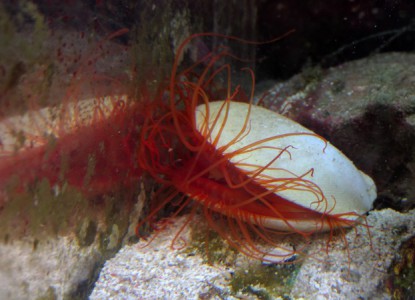To 5 Worst Inverts Beginners Should Avoid
- Mar 01, 2021
- Anshika Mishra
- 270 0 0

People love getting invertibrates for their saltwater aquarium because they can be a great addition to the tank's clean-up crew. Although many people simply get them because of how cool these alien-looking creatures can be. Because of this particular reason people make impulse purchases all the time without realizing the potential consequences.
So, here are the top 5 invertibrates that beginners should totally avoid when first getting into the saltwater aquarium hobby:
1. Starfish

Starfishes have over 90% mortality rate in captivity and will usually die within anywhere between a week to a year. This can be partly because of the shipping damage, but for the most part, it is because react badly in water quality specifically salinity and pH. So, you should not try to introduce it to a tank that isn't stable or hasn't been running for quite some time.
Starfishes do not have a brain, which is why they have such a hard time in going in a store to your tank in surviving is because they cannot think or understand the new systems.
But if you still want to get a start fish in your early days of fish keeping your can go for Serpent Sea Star; because these are the hardiest and will make a great addition to a clean-up crew by all the leftover food that you're feeding your fish. The only challenges with these are that they can get pretty big and the green ones can sometimes for after the slow-moving fish.
2.Harlequin Shrimp

These may be the most unique looking shrimp in the aquarium hobby, however, the issue with them is that they only eat starfish. So, they are great if you have those Astrina Pest Starfish and you need to get rid of them. But once it is done with them, it will serve itself to death.
Since beginners do not have starfish in the tank, buying this shrimp would just be a waste of money. So, avoid them unless you want to devote a small tank to them.
3. Sea Apples & Cucumbers
The beautiful coloration makes these guys that said the target for beginners and the issue why is because if they get stressed out or die they can poison your entire tank-killing everything in your system.
This will happen if your tank parameters fluctuate too quickly or if your temperature skyrockets. It is also very common for these guys to sucked into your overflow or powerhead intake. They will do one of two things if they are stressed out, either they will shrivel down or blow-up and inflate to the size of a basketball.
These are not impossible to keep, but no beginner should want the possibility of an acute nuke in their fist tank.
4. Nudibranch/ Sea Slugs

It is also advised for a beginner not to buy these for their first tank, specifically Nudibranch. It is very hard to differentiate between the good ones and the bad ones. Even under the best ideal conditions, they usually don't live past around 7-months in reef aquariums.
They are delicate and have very specific dietary needs, it doesn't help that there is not a whole lot of information about them. Even though there are so many beautiful types of sea slugs out there unless you know exactly what you are getting and its specific feeding requirements, do not keep them.
5. Flame Scallops

These are really hard to feed because they are non-photosynthetic. So, additionally feeding of plankton needs to be provided. They don't always the food though, so the harsher reality is that most specimens starve to death in a few months of the captiviyt.
Another issue is that they can move by clapping their shells. So, oftentimes you will find them wandering into regions of the tank that are hard to see and reach, further complicating the feeding process.
Despite their gorgeous looks and usually modest price tag, these invertibrates should be left to very dedicated experts.
6. Anemones
Everybody wants an Anemone, but if you are a beginner, do wait for at least 6-month to a year for your tank to establish before getting them.
They are maintainable with strong lighting and good water parameters, but most only live under beginners' care for a few weeks to few months. Because they are sold unsuspecting newbies who don't really understand their full dietary need.
The hard ones to take care of are the Carpet Anemone and tube Anemone. Sometimes they can be bleached which makes them look very pretty and temperate to buy them. But remember any white in Anemone means that they are sick.






About author